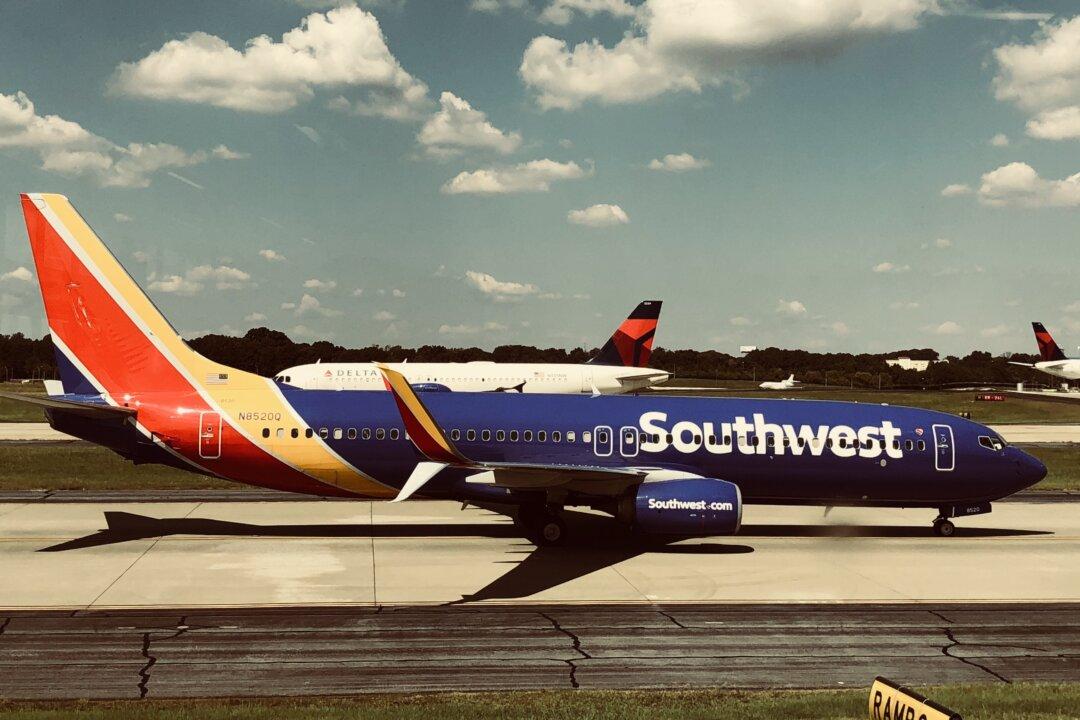A Southwest flight had to turn around and make an emergency landing after a loss of cabin pressure caused passengers ear pain and, according to local media, left one with ears bleeding.
The Feb. 1 night flight to Tampa, Florida, turned back to Hartford in Connecticut only a half hour into the three-hour journey, reported the Hartford Courant.





